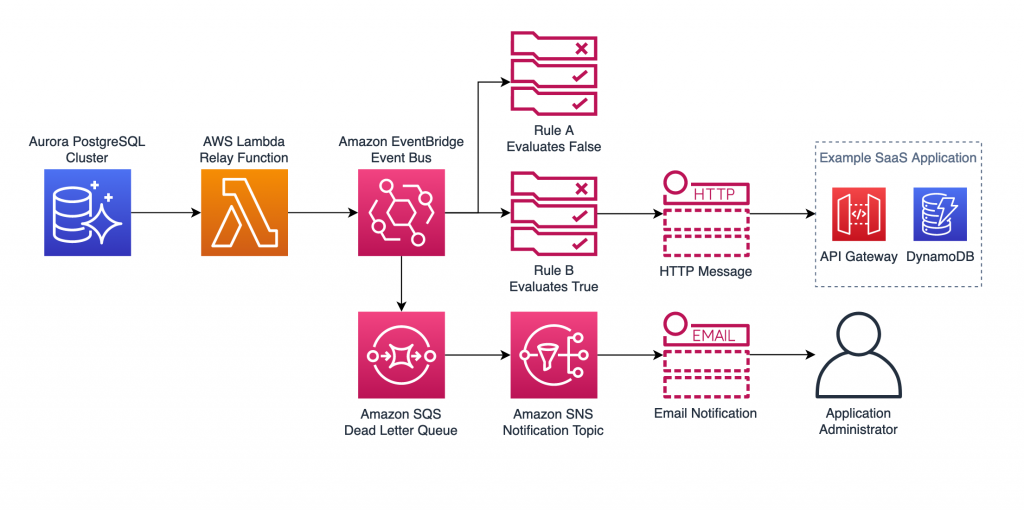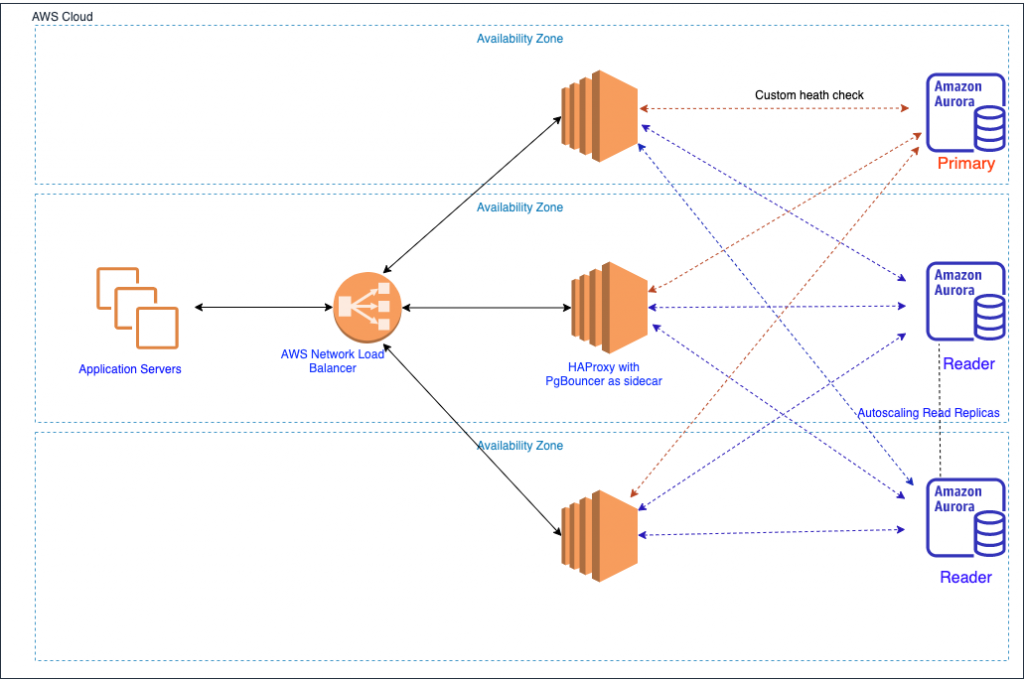AWS Database Blog
Trigger notifications on time series data with Amazon Timestream
In recent years, large-scale internet of things (IoT) applications generate data at fast rates, and many IoT implementations require data to be stored sequentially, based on date-time values generated either at sensor or at ingestion levels. In use cases such as smart factories, IoT data and time series data are being produced at a large […]
Evaluate Amazon DocumentDB (with MongoDB compatibility) configurations using AWS Config
It’s common practice for organizations to define compliance and standards for all applications and software they interact with, such as databases, storage, network, and compute. The key drivers are to comply with different regulations to achieve security and audit certifications according to the domain they operate in. AWS Config allows you to create rules and […]
Automate benchmark tests for Amazon Aurora PostgreSQL
Optimizing a database is an important activity for new and existing application workloads. You need to take cost, operations, performance, security, and reliability into consideration. Conducting benchmark tests help with these considerations. With Amazon Aurora PostgreSQL-Compatible Edition, you can run multiple benchmark tests with different transaction characteristics matching your data access patterns. In this post, […]
Connect to Amazon Keyspaces from your desktop using IntelliJ, PyCharm, or DataGrip IDEs
AWS customers use Amazon Keyspaces (for Apache Cassandra) to modernize their Cassandra workloads. Keyspaces offers customers scalability and fast performance to provide users a great end-user experience. Amazon Keyspaces is a scalable, highly available, and managed Apache Cassandra-compatible database service. With Amazon Keyspaces, you can run your Cassandra workloads on AWS using the same Cassandra […]
Send webhooks to SaaS applications from Amazon Aurora via Amazon EventBridge
Customers developing software as a service (SaaS) applications often need to send outgoing webhooks (HTTP call-backs in response to events) to other SaaS applications such as Salesforce, Marketo, or ServiceNow. When processing webhooks, you often have to implement custom logic or services to enqueue and emit these events. This introduces additional complexity and operational overhead. […]
Post-migration steps and best practices for Amazon RDS for SQL Server
Amazon Relational Database Service (Amazon RDS) makes it easy to set up, operate, and scale a relational database in the cloud. It provides cost-efficient and resizable capacity while automating time-consuming administration tasks, such as hardware provisioning, database setup, patching, and backups. It frees you to focus on your applications, so you can give them the […]
Stream time series data into Amazon Timestream using Apache NiFi
Time series data is one of the fastest growing categories of source data used by organizations to provide better services, analysis, and insights to their end-users. High on the list of requirements is the speed at which streaming data can be ingested and accessed by existing and new applications. One of the enabling technologies being […]
A PartiQL deep dive: Understand the language and bring SQL queries to AWS non-relational database services
It’s data, data everywhere! To turn data into information, and information into insight, we need to understand our data to its full extent and make use of the statistics derived from it. Applying the obtained results successfully while making business decisions remains a challenge for most organizations, even today. This is partly due to the […]
Migrating to Amazon RDS for SQL Server using transactional replication with native backup and restore: Part 3
If you have large mission-critical workloads running on an on-premises Microsoft SQL Server database, you may be looking for ways to migrate to AWS with minimal to near-zero downtime. In this post, we show you a solution for migrating your on-premises SQL Server database to Amazon Relational Database (Amazon RDS) for SQL Server using the […]
Set up highly available PgBouncer and HAProxy with Amazon Aurora PostgreSQL readers
Relational database engines are typically monolithic by design, therefore the easiest method to horizontally scale a workload on them is to scale read operations with multiple read replicas. Some of the strongest motivations for Amazon Aurora PostgreSQL-Compatible Edition adoption include low replication lag and the ability to spin up a reader node in minutes regardless […]









